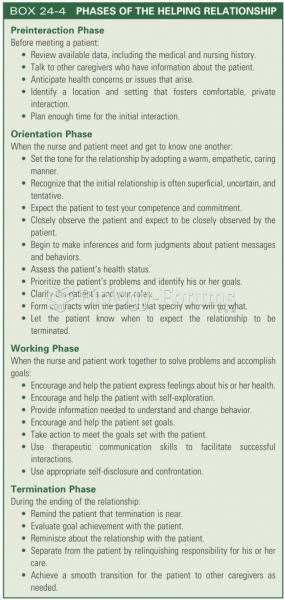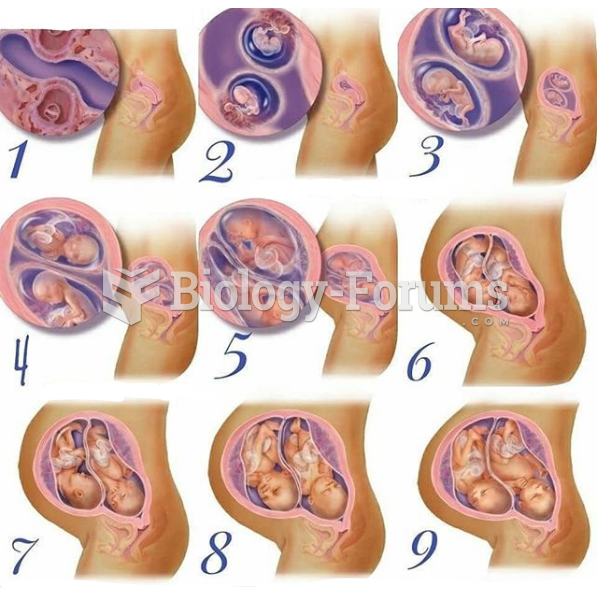Answer to Question 1
People with higher education levels seem to function more effectively than other patients with the same level of brain dysfunction. Theoretically, they have more complex neuronal pathways and so have greater cognitive resources at their disposal. Greater impairment among uneducated people might indicate a much earlier onset, suggesting that Alzheimer's disease causes intellectual dysfunction that in turn hampers educational efforts. Or there could be something about intellectual achievement that prevents or delays the onset of symptoms of the disorder. Later research seems to confirm the latter explanation. It appears that educational level may predict a delay in the observation of symptoms. Unfortunately, people who attain a higher level of education also decline more rapidly once the symptoms start to occur suggesting that education does not prevent Alzheimer's disease but just provides a buffer period of better functioning. Educational attainment may somehow create a mental reserve, a learned set of skills that help someone cope longer with the cognitive deterioration that marks the beginning of major neurocognitive disorder.
Answer to Question 2
A number of drugs have been developed to treat Alzheimer's disease. Most of these medications work by preventing ACH breakdown. These drugs slow the progression of the disease, but are not a cure. Vitamins and herbal remedies have been used with mixed results, and antidepressants and anitpsychotics can be used to manage the emotional and cognitive symptoms of the disorder. Psychosocial approaches focus on improving the lives of patients by teaching them memory tricks and promoting cognitive stimulation.







